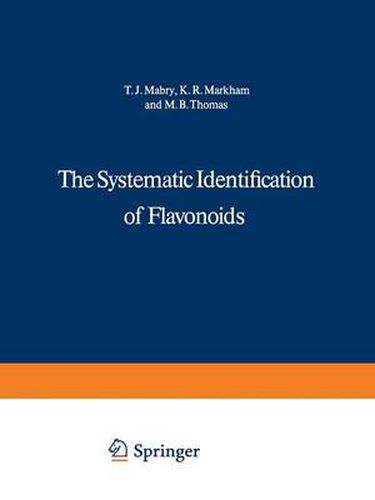Readings Newsletter
Become a Readings Member to make your shopping experience even easier.
Sign in or sign up for free!
You’re not far away from qualifying for FREE standard shipping within Australia
You’ve qualified for FREE standard shipping within Australia
The cart is loading…






This title is printed to order. This book may have been self-published. If so, we cannot guarantee the quality of the content. In the main most books will have gone through the editing process however some may not. We therefore suggest that you be aware of this before ordering this book. If in doubt check either the author or publisher’s details as we are unable to accept any returns unless they are faulty. Please contact us if you have any questions.
About 1958, the late Professor R. E. ALSTON and Professor B. L. TURNER, both of the Department ofBotany, The University ofTexas at Austin, initiated a general systematic investigation ofthe legurne genus Baptisia. They found that flavonoid patterns, as revealed by two-dimensional paper chromatography, were valid criteria for the recognition of the Baptisia species and for the documentation of their numerous natural hybrids. Later, they showed that the flavonoid chemistry could be used for the analysis of gene flow among populations. At that time no attempt was made to even partially identify the flavonoids which were detected chromatographically. Neverthe1ess, it soon became apparent that the full value of the chemical data for systematic purposes required knowledge of the structures of the flavonoids. In 1962, one of us (T.J.M.) in collaboration with Drs. ALSTON and TURNER beg an the chemical analysis of the more than 60 flavonoids which had been chromatographi- cally detected in the 16 Baptisia species. In the intervening years, a number of chemists and botanists, inc1uding Drs. K. BAETCKE, B. BREHM, M. CRANMER, D. HORNE, J. KAGAN, B. KROSCHEWSKY, J. MCCLURE, H. ROSLER, and J. WALLACE, participated in the devel- opment of techniques and procedures for the rapid identification of known flavonoids and in the structure determination of new flavonoids. In addition, the flavonoid chem- istry of many plants other than Baptisia was investigated.
$9.00 standard shipping within Australia
FREE standard shipping within Australia for orders over $100.00
Express & International shipping calculated at checkout
This title is printed to order. This book may have been self-published. If so, we cannot guarantee the quality of the content. In the main most books will have gone through the editing process however some may not. We therefore suggest that you be aware of this before ordering this book. If in doubt check either the author or publisher’s details as we are unable to accept any returns unless they are faulty. Please contact us if you have any questions.
About 1958, the late Professor R. E. ALSTON and Professor B. L. TURNER, both of the Department ofBotany, The University ofTexas at Austin, initiated a general systematic investigation ofthe legurne genus Baptisia. They found that flavonoid patterns, as revealed by two-dimensional paper chromatography, were valid criteria for the recognition of the Baptisia species and for the documentation of their numerous natural hybrids. Later, they showed that the flavonoid chemistry could be used for the analysis of gene flow among populations. At that time no attempt was made to even partially identify the flavonoids which were detected chromatographically. Neverthe1ess, it soon became apparent that the full value of the chemical data for systematic purposes required knowledge of the structures of the flavonoids. In 1962, one of us (T.J.M.) in collaboration with Drs. ALSTON and TURNER beg an the chemical analysis of the more than 60 flavonoids which had been chromatographi- cally detected in the 16 Baptisia species. In the intervening years, a number of chemists and botanists, inc1uding Drs. K. BAETCKE, B. BREHM, M. CRANMER, D. HORNE, J. KAGAN, B. KROSCHEWSKY, J. MCCLURE, H. ROSLER, and J. WALLACE, participated in the devel- opment of techniques and procedures for the rapid identification of known flavonoids and in the structure determination of new flavonoids. In addition, the flavonoid chem- istry of many plants other than Baptisia was investigated.